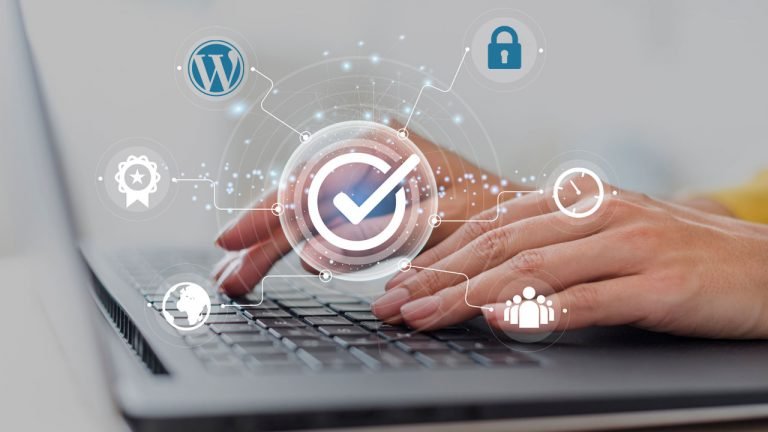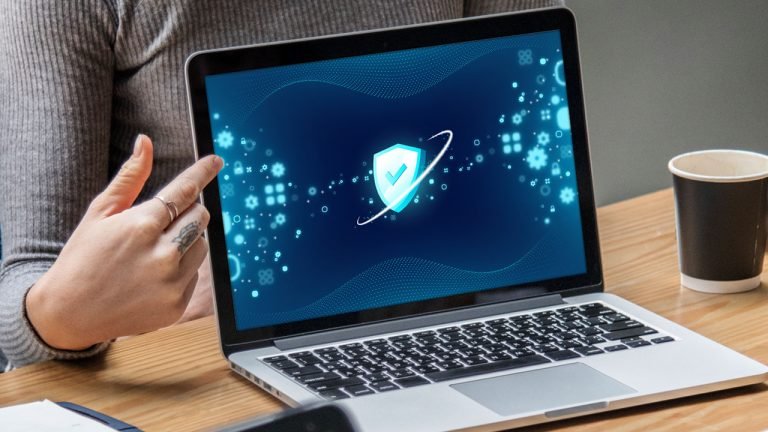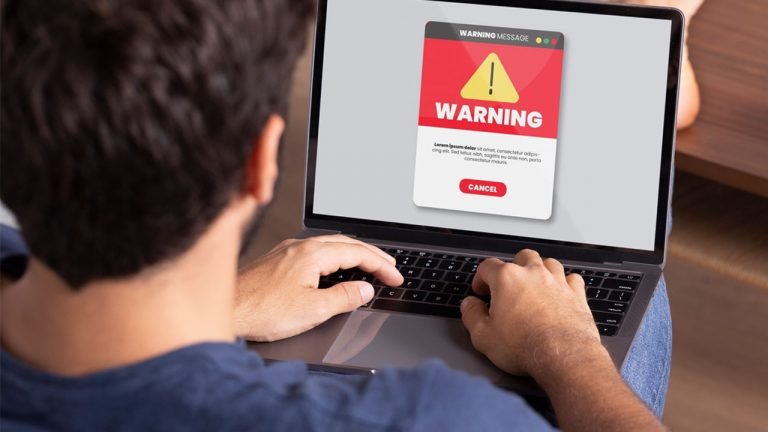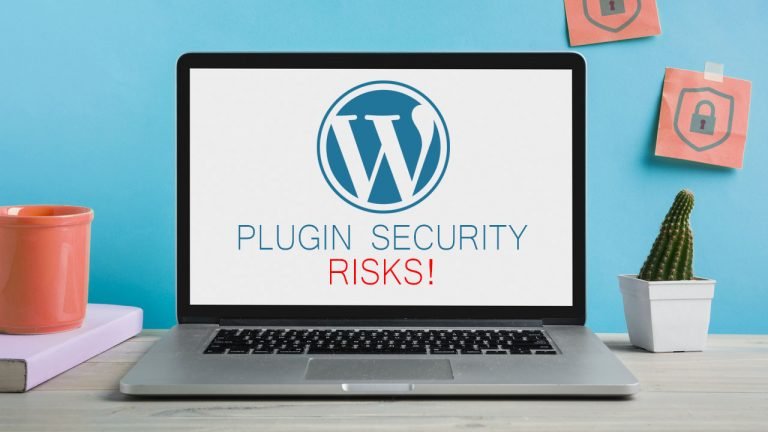Are you concerned about your WordPress website security and unsure about the necessary steps to take? Look no further, this blog is here to help! Have you heard that WordPress is used by more than 455 million websites and over a million WordPress theme is available on the internet?…





